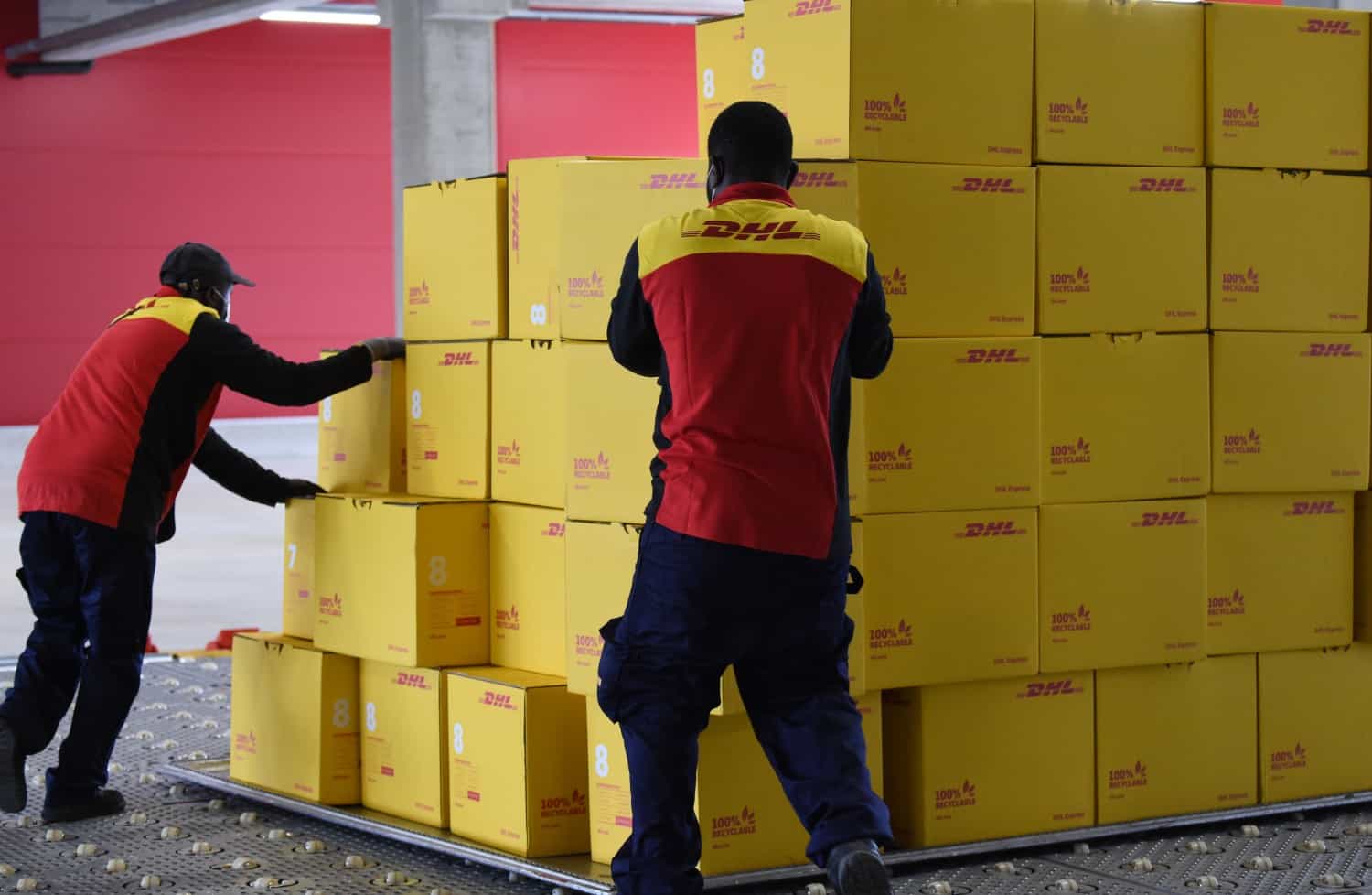Global e-commerce is booming. The average percentage of households in the GCC that have bought goods online has gone up from 2 percent to more than 8 percent , indicating there is still significant room to grow.
The pandemic played a strong part in accelerated e-commerce solutions. As a result of lockdowns and movement restrictions, consumers were forced to shift their shopping activities online. This resulted in a sharp rise in businesses selling their goods in the global online marketplaces.
In the GCC, the top five e-commerce websites have seen annual growth of more than 50 percent since 2015, going from 3 million to 21 million users per month, according to insights from Kearney. E-commerce and global logistics were key enablers to unlock local shutdowns. They kept economies running and mitigated the impact of Covid-19.
Despite disruptions to mobility, global trade and data flow started to recover. In fact, the pandemic unleashed a new wave of globalization and digitalization, which is here to stay. Partly driven by the pandemic and partly by a growing technology-oriented generation of millennials, these developments have taken strong root in a post-pandemic world.
Millennials account for 73% of all professional B2B purchasing decisions. As digital natives, their purchase behaviour is pushing companies to embark on their B2B journey in the e-commerce space. Recent research by DHL Express highlighted the strong growth of the global B2B e-commerce market, which is expected to grow from US$12.2 trillion (€10.26 trillion) in 2019 to reach US$20.9 trillion (€17.6 trillion) in 2027.
To benefit from the transformational power of e-commerce even further in a post-pandemic world, brands must leverage the top e-commerce trends to boost sales. Let’s look at some of the top trends that business can leverage:
Enhanced logistics infrastructure
Robust infrastructure and more agile supply chains are driving seamless e-commerce. For instance, the UAE is taking giant strides toward becoming one of the fastest-growing e-commerce markets in the Middle East, with the local e-commerce sector set to contribute AED 12 billion (approximately €2.8 billion) to the local GDP by 2023.
Other factors enabling e-commerce to flourish include seamless and convenient shopping and delivery experience. Customers expect fast and efficient doorstep delivery and options such as parcel lockers. Providing exceptional logistics facilities and seamless connectivity, the UAE has established itself as a hub for distribution, enabling e-commerce to thrive.
Widespread digitalization
Artificial Intelligence, chatbots and conversational marketing is propelling e-commerce to new heights. Modern algorithms are becoming more sophisticated in finding out customers’ preferences in relation to cost, brand, color and size. AI’s ability to analyze human habits means that it can learn what is working much faster than humans can, and even fix issues that businesses were not aware of by recognizing common themes.
Demand for greener alternatives
Alternatives such as electric vehicles and packaging innovation have also picked up in the last two years, as demand from younger consumers for brands to protect the planet has created more opportunities for business growth. By focusing on streamlining and cutting waste through the entire production and delivery process, and extending the lifetime of products and materials to keep them in circulation, businesses stand to benefit from aligning their operations with circular economy principles.
Increased smartphone penetration
Shopping on smartphones has become the fastest-growing segment of the retail sector in many regions, helped in part by the ease with which phones can store payment details and streamline the purchase process. For e-commerce businesses selling online, the most crucial thing is to ensure that the online store or app is set up and equipped to sell on the smallest screen.
Rise of new payments methods
Buy now pay later platforms (BNPL) are the next big payment trend in the online retail world. Businesses that want to enhance their online shopping experience should integrate these into their website and storefront payment solutions.
Social media presence
Given the tremendous amount of time people spend on social media, many brands now have a social presence. Depending on the geographical market and the type of audience, e-commerce businesses should keep an eye on the latest offerings from social platforms and be quick to expand and capitalize on a growing social media presence.
Looking ahead
Post pandemic, the logistics sector is best placed to render support to e-commerce businesses to unlock the potential of the large, and still untapped e-commerce market. As the Middle East is continuing to experience rapid growth in e-commerce, the logistics sector is best positioned to enable businesses to expand their reach and grow even further.
Danielle Lake is Regional Head of E-Commerce, DHL Global Forwarding Middle East & Africa.
The opinions expressed are those of the author and may not reflect the editorial policy or an official position held by TRENDS.

